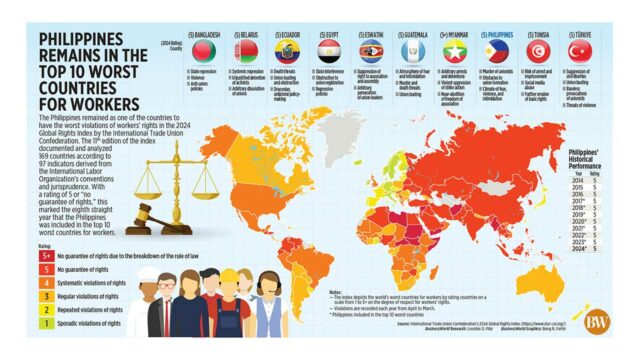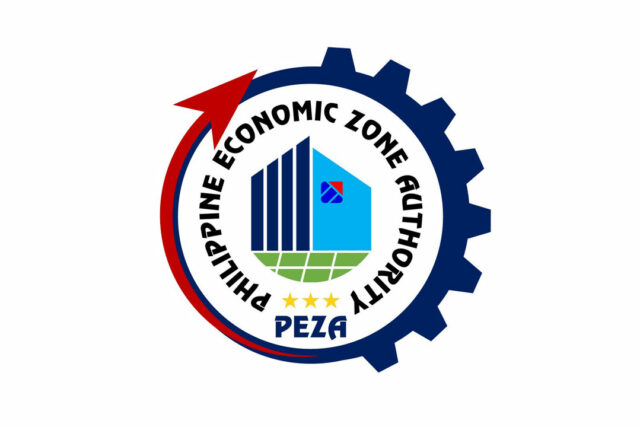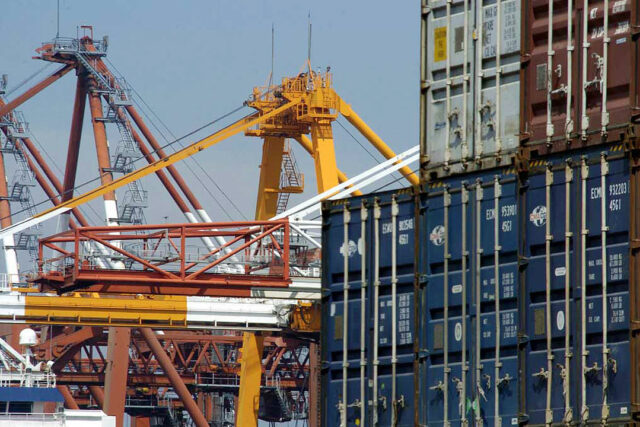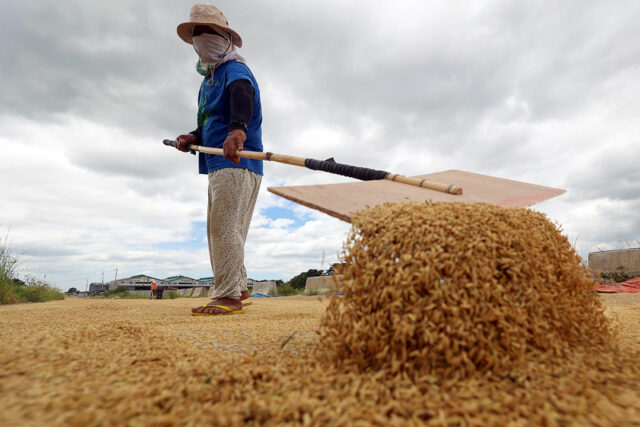Of course there isn’t. Just like same sex “marriage,” like abortion, like contraceptives, there is no international law out there that makes divorce a demandable international human right.
International law comes about with the convergence of several “sources”: treaties, customs, or general principles. Ignore the nonsense that some progressive, supposedly prestigious, law schools indoctrinate their students with — that human rights are allegedly sui generis and therefore follow different rules (which conveniently cannot be described with particularity) — the law on marriage is pretty straightforward.
The point is that there is no treaty or custom that imposes divorce as a demandable international human right.
Some may argue that customary international law on divorce does exist, considering that only two States (supposedly) are still without — thankfully — a divorce law: the Vatican and the Philippines. Which therefore translates to 193 (out of 195) countries having a divorce law or permitting divorce.
But the very fact that the Philippines (and the Vatican) refuses to have a divorce law thus negates the idea that there is international customary law requiring a divorce law. Something analogous to the international law principle called the Baxter Paradox, the fact that a holdout persists and is allowed to persist demonstrates the absence of customary international law.
That and the fact that all 193 countries that do have a divorce law never entered into a treaty that says divorce is a demandable human right, thus negating the presence of opinion juris, thus further negating the idea of the existence of customary international law on divorce.
The only treaty, of note, regarding divorce is the Hague Convention on the Recognition of Divorces and Legal Separations, which was concluded by the Hague Conference on Private International Law. The Hague Divorce Convention, as it is summarily called, regulates the recognition of divorces and legal separations, assuming such has been effected according to the legal process in the state the divorce was obtained.
Nevertheless, while the Hague Divorce Convention works to recognize divorces (and legal separations) had in one Contracting State vis-à-vis another Contracting State whose legal proceedings are officially recognized in that State and are legally effective there, nevertheless, the Convention does not apply to “findings of fault or to ancillary orders pronounced on the making of a decree of divorce or legal separation,” particularly that regarding financial obligations or child custody.
More specifically, the Hague Divorce Convention provides recognition of divorces only if:
(1) the respondent had his habitual residence there; or (2) the petitioner had his habitual residence there and one of the following further conditions was fulfilled — a) habitual residence was for at least one year prior to the institution of proceedings; or b) the spouses last habitually resided there together; or (3) both spouses were nationals of that State; or (4) the petitioner was a national of that State and one of the following further conditions was fulfilled — a) the petitioner had his habitual residence there; or b) he had habitually resided there for at least a year within the two years preceding the institution of the proceedings; or (5) the petitioner for divorce was a national of that State and both the following further conditions were fulfilled — a) the petitioner was present in that State at the date of institution of the proceedings and b) the spouses last habitually resided together in a State whose law, at the date of institution of the proceedings, did not provide for divorce. (Article 2).
What need emphasizing at this point is that only 20 States are parties to the Hague Divorce Convention and the Philippines is not one of them. Even then, a Contracting State “may refuse to recognize a divorce when, at the time it was obtained, both the parties were nationals of States which did not provide for divorce and of no other State” (Article 7). Such is significant because it again removes the possibility of opinion juris for any contention of a custom because an express treaty provision actually allows a country to opt out from recognizing a divorce.
On the other hand, “marriage” is a demandable international human right, as the UN Declaration of Human Rights (Article 16) provides:
1. Men and women of full age, without any limitation due to race, nationality or religion, have the right to marry and to found a family. They are entitled to equal rights as to marriage, during marriage and at its dissolution.
2. Marriage shall be entered into only with the free and full consent of the intending spouses.
3. The family is the natural and fundamental group unit of society and is entitled to protection by society and the State.
In any event, even assuming there is an international law making divorce a demandable right, such will still not prevail over our Constitution, which recognizes marriages as “inviolable” and “shall be protected by the State,” thus removing any possibility of a divorce law in the country.
The views expressed here are his own and not necessarily those of the institutions to which he belongs.
Jemy Gatdula is the dean of the Institute of Law of the University of Asia and the Pacific and is a Philippine Judicial Academy lecturer for constitutional philosophy and jurisprudence. He read international law at the University of Cambridge.
https://www.facebook.com/jigatdula/
Twitter @jemygatdula















